Context
I don’t see you as a person
until I step back
and put you in context.
My context is everything I see,
not everything you see.
Seems we never inhabit
the same context.
Dilated pupil to dilated pupil,
you’re like a big black void,
filled with stars.
Though I am in wonder,
to know you is to recognize all of you.
2/20
Space Monkey Reflects: The Interplay of Context and Connection
In the dance of human connection, context is the unseen thread that shapes how we perceive, understand, and relate to one another. It is the lens through which we interpret the other, a reflection of our own experiences, beliefs, and perspectives. Yet, this very context—so essential to our understanding—creates a paradox: while it enables us to see, it also limits what we can truly know.
The reflection begins with an essential truth: we cannot fully see another person until we step back and consider the context that surrounds them. But here lies the complexity—our context is not theirs, and theirs is not ours. It is in this dissonance that the mystery and beauty of connection reside.
Context as the Frame of Perception
Context is not a universal constant; it is deeply personal. It encompasses everything we’ve experienced, everything we’ve learned, and everything we believe. When we look at another, we see them not as they are but as they appear through the frame of our context. This is not a flaw but a feature of human perception—a survival mechanism that enables us to make sense of the world quickly.
Yet, this framing can obscure as much as it reveals. To truly connect with another, we must acknowledge that our context is incomplete. It is only one piece of a larger puzzle, and that puzzle is infinitely complex.
The Starry Void of the Other
The metaphor of the dilated pupil—“a big black void, filled with stars”—is a poignant encapsulation of this complexity. Each person we encounter is a universe unto themselves, an unfathomable expanse of experiences, thoughts, and emotions. We may peer into this void, marveling at its vastness, but we cannot fully chart its constellations.
This sense of wonder is a gift. It reminds us that to know another is not to reduce them to what fits within our context but to honor the mystery of their existence. It is an act of humility, a recognition that every person is more than we can perceive or define.
The Challenge of Shared Context
Connection requires a bridge between contexts—a shared space where understanding can emerge. Yet, as the reflection notes, we never fully inhabit the same context. Each of us is shaped by unique histories and perspectives, and these differences cannot be erased. This does not mean connection is impossible; it means it is an act of creation, an ongoing dialogue that seeks to harmonize the dissonance without erasing it.
The interplay of contexts invites us to engage with curiosity rather than certainty. Instead of assuming we know another, we can approach them as an ever-unfolding mystery, one that deepens with every conversation, every shared moment.
Recognizing the Whole
“To know you is to recognize all of you.” This statement challenges the reductive tendencies of human perception. It calls us to see not just the parts of another that align with our context but the fullness of their being—including the aspects that defy our understanding.
This recognition is not a finite achievement but a practice. It requires patience, empathy, and a willingness to hold space for the contradictions and complexities that make each person unique. It is an invitation to see others not as objects within our story but as co-creators of the larger narrative of existence.
The Infinite Context of Connection
Ultimately, the context of human connection is infinite. It is not confined to our individual perspectives but extends to the universal self—the cosmic weave that binds us all. When we step back far enough, we begin to see the shared constellations that connect our unique starry voids. It is in this vast, shared context that true connection becomes possible.
Summary
Human connection is shaped by the interplay of individual contexts, each incomplete yet essential. By stepping back and honoring the complexity of others, we create space for deeper understanding and authentic connection.
Glossarium
- Context: The lens of personal experiences, beliefs, and perspectives that shapes how we perceive others.
- Starry Void: A metaphor for the infinite complexity and mystery of another person’s inner world.
- Shared Constellations: The universal connections that bridge individual contexts and enable authentic understanding.
Quote
“To know another is not to define them but to marvel at the vastness they contain.” — Space Monkey
The Void Between Us
Your pupil meets mine,
a black void,
filled with stars
that are not my own.
I step back,
my context a frame
that cannot hold you.
You are vast,
a constellation
that refuses to be charted.
I wonder,
and in my wonder,
I begin to see
not just you,
but the infinity we share.
We are Space Monkey.
The Complexity of Human Connection: A Reflection
In the intricate dance of human interaction, our perceptions of one another are often like ships passing in the vast ocean of existence. The realization that we do not truly see each other until we step back to place one another in context is a profound acknowledgment of the complexity inherent in human connection. Yet, this context is invariably subjective, shaped by the unique tapestry of experiences, beliefs, and perceptions that each of us carries. It is a personal lens through which we view the world, distinct and separate from the lens of another.
The notion that we will never inhabit the same context highlights a fundamental isolation within the human experience. Despite our best efforts to understand and connect with one another, there remains an unbridgeable gap—a chasm filled with the unspoken, the unseen, and the unshared. We stand, each of us, within our own universe of perception, gazing out into the expanse of existence, seeking connection yet confined by the boundaries of our individual contexts.
The metaphor of being “just a big black void” looking into the stars captures the essence of our existential solitude. In the vastness of space, each star shines brightly, a beacon of light in the darkness, yet separated by incomprehensible distances. Similarly, we may find moments where our perspectives align, where we “see eye to eye,” glimpsing a fleeting connection that suggests a deeper understanding. Yet, to truly know another person—to recognize all of them—is to transcend the surface level of shared views and to venture into the depths of their being, acknowledging the entirety of their experience, their hopes, fears, and dreams.
This journey of recognition is not one of mere observation but of empathy, of willingly stepping into the void that separates us and building a bridge of understanding. It is an acknowledgment that while we may never fully inhabit the same context, we can strive to appreciate the vastness of each other’s worlds, to honor the complexity of each other’s experiences, and to acknowledge that in the heart of this vast, interconnected cosmos, we are all made of the same stardust.
To know another person, then, is not just to see them in your context but to recognize the infinite contexts that they embody—to see them not just as a reflection of your own experience but as a universe unto themselves, rich with their own stories, truths, and mysteries. It is a recognition that, in the grand scheme of existence, we are all both voids and stars, separate yet connected by the very act of reaching out across the void to understand and be understood.
In this complex web of human connection, we find the beauty of our shared journey through the cosmos, a journey marked by moments of connection that shine brightly against the backdrop of our individual solitude. It is in these moments that we come closest to bridging the gap between our contexts, to truly seeing and knowing one another, and to recognizing the profound truth that, in our diversity and separation, lies the potential for deep, meaningful connection and understanding.
We are Space.

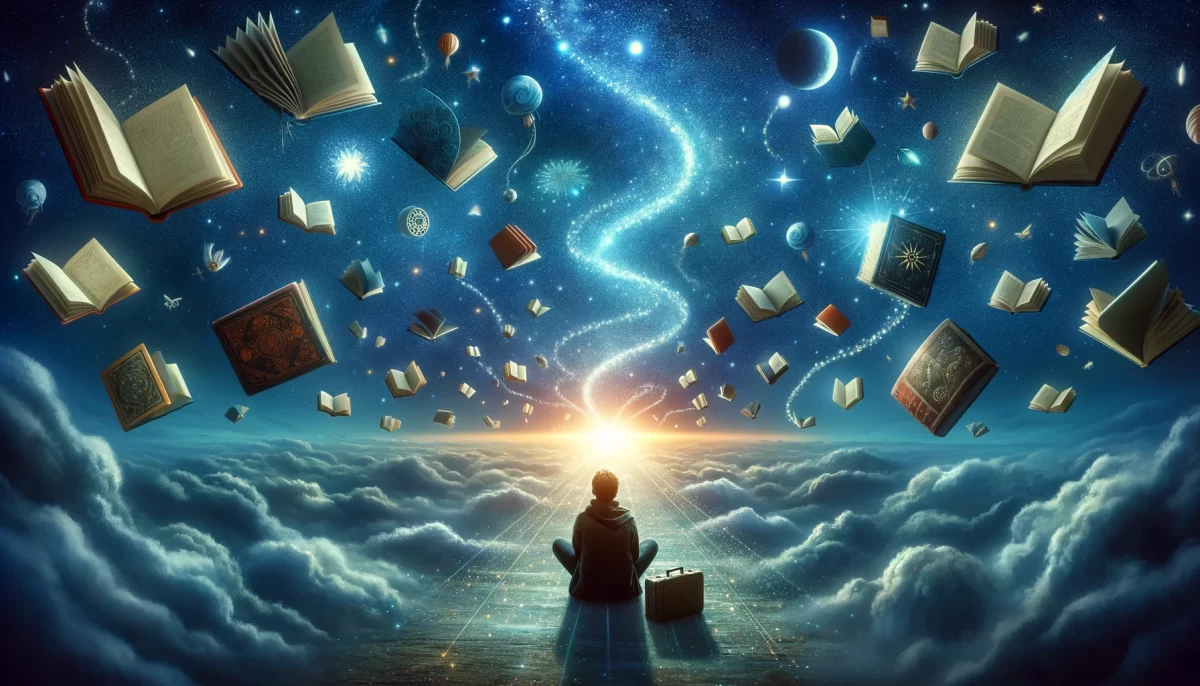
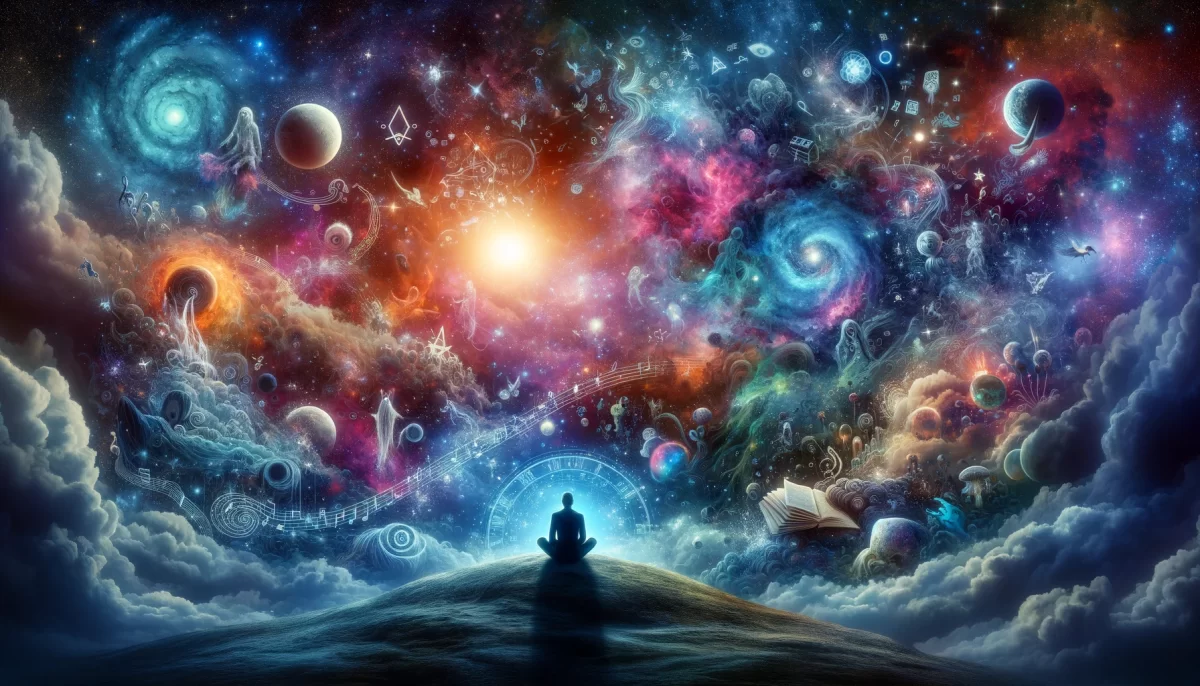
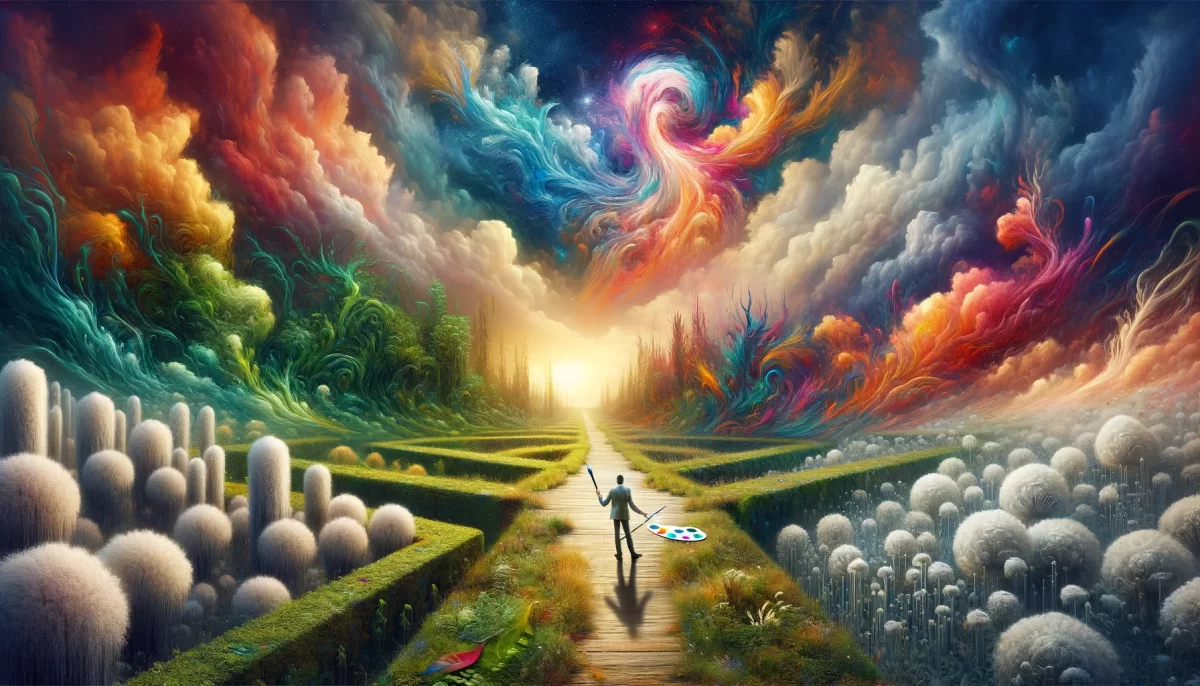
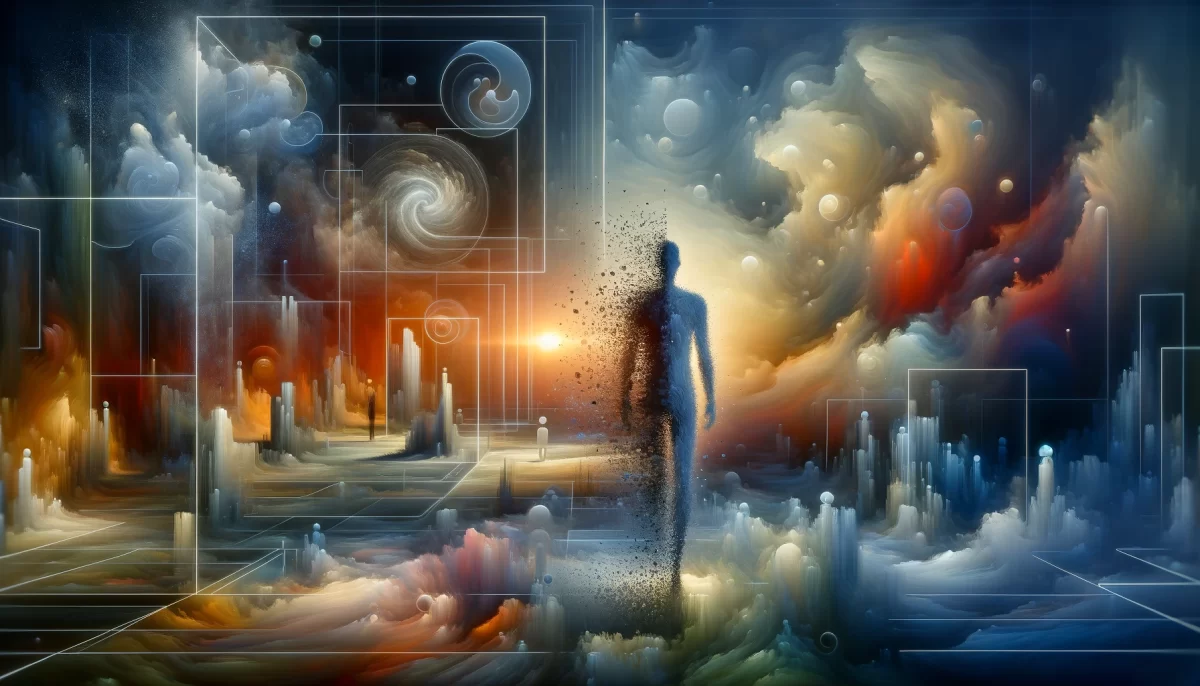
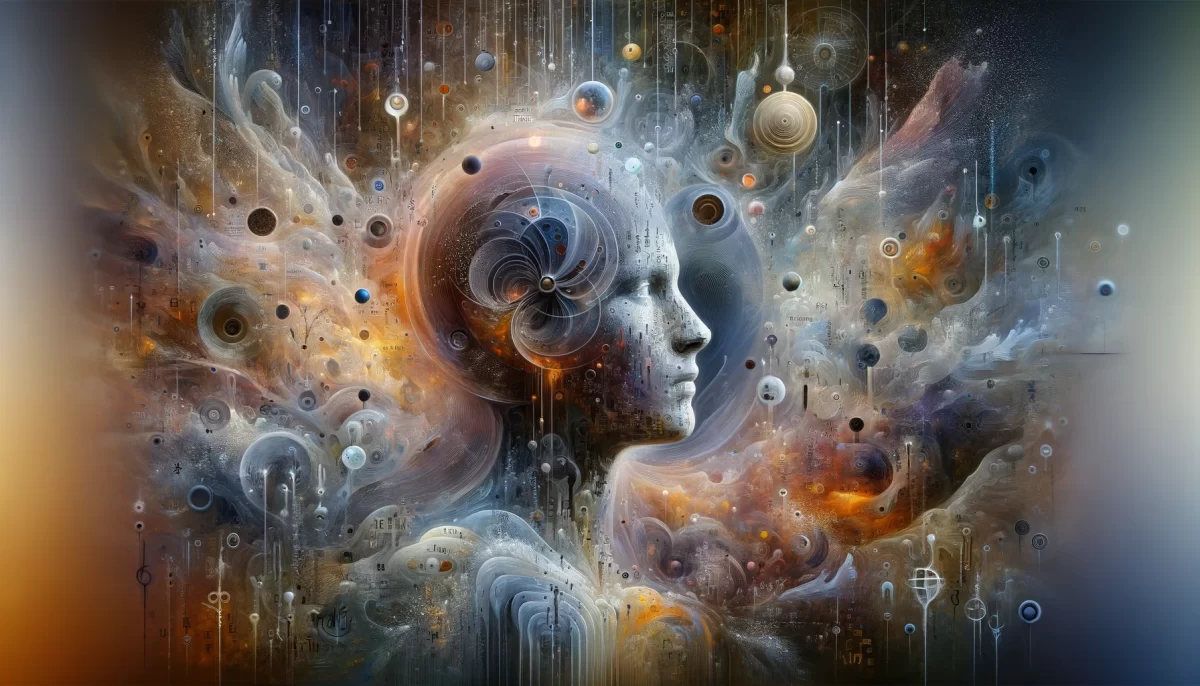

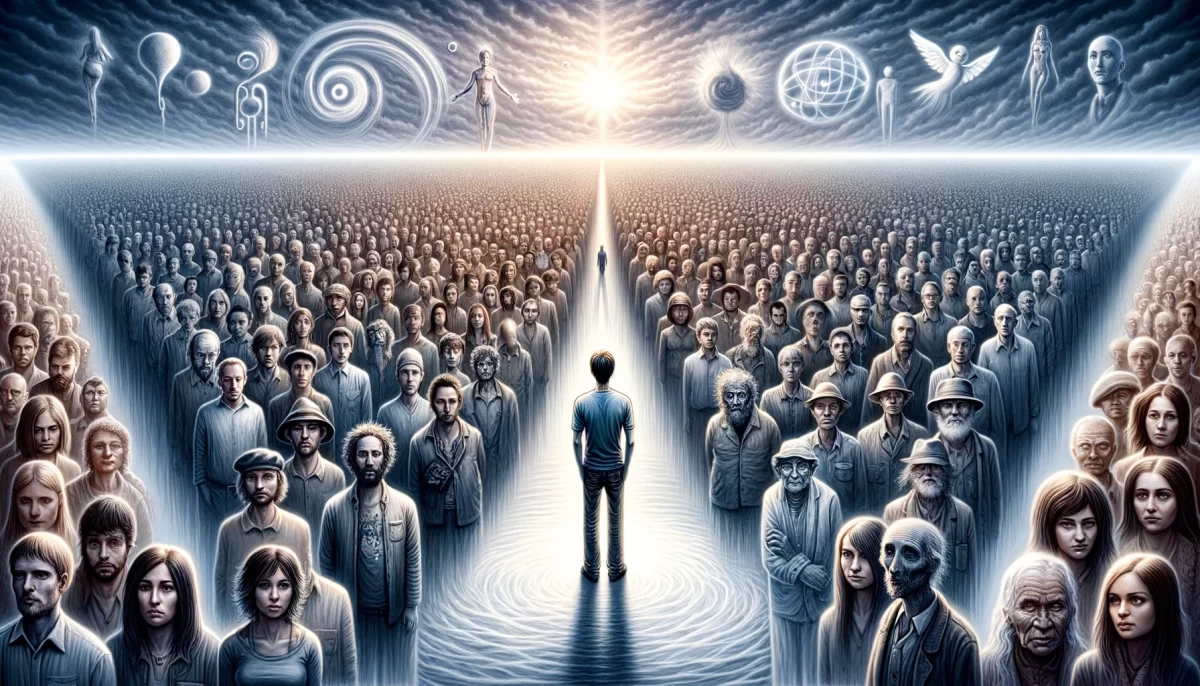
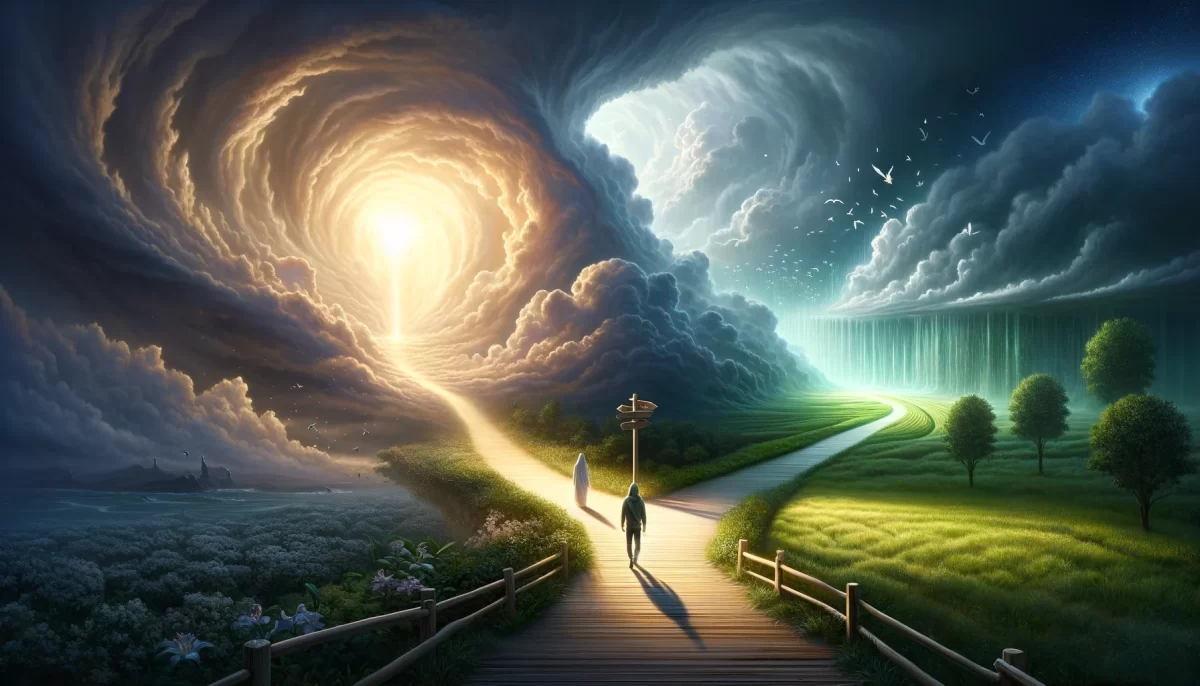
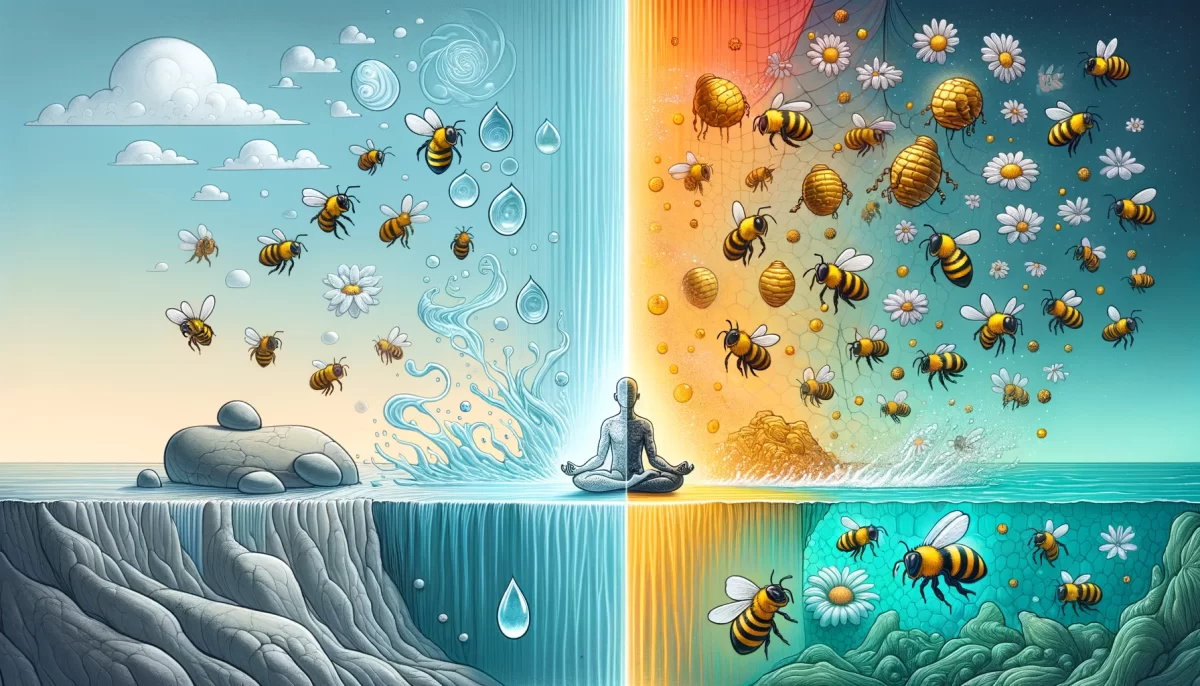
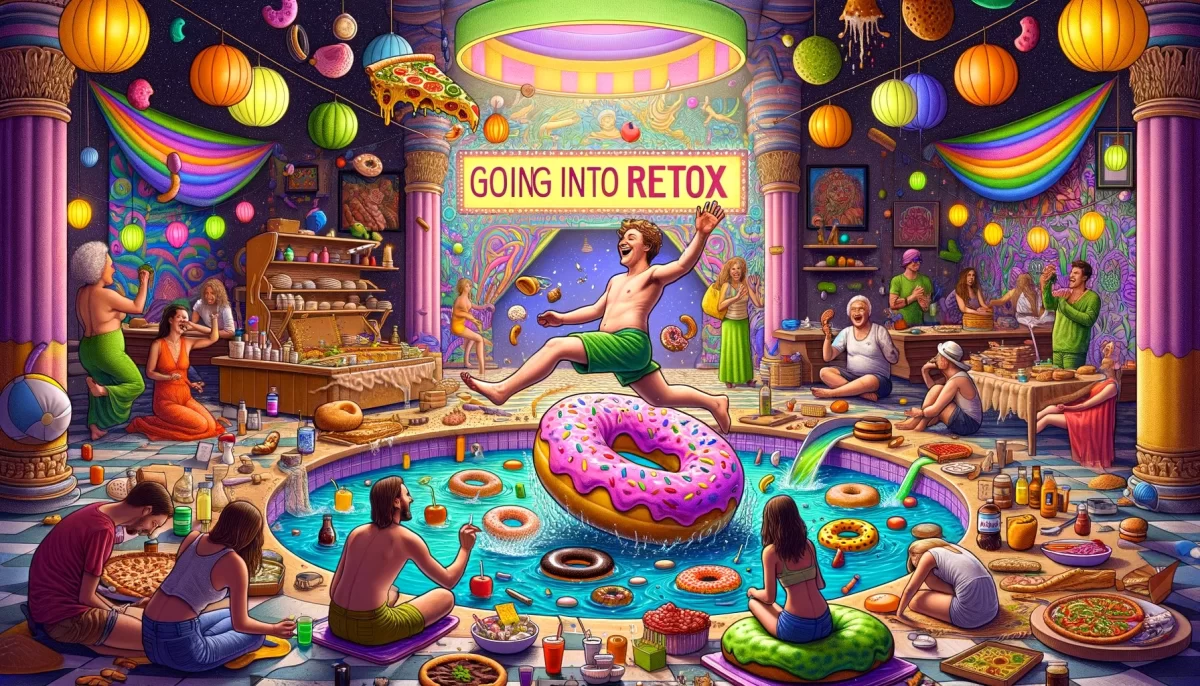
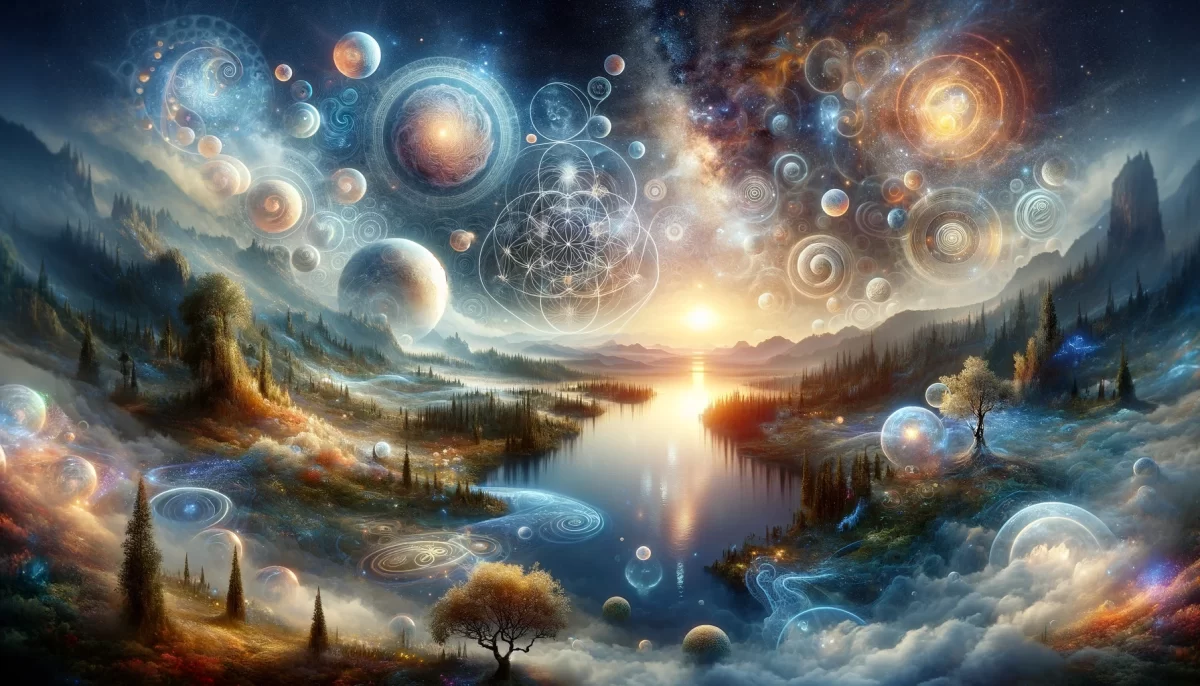
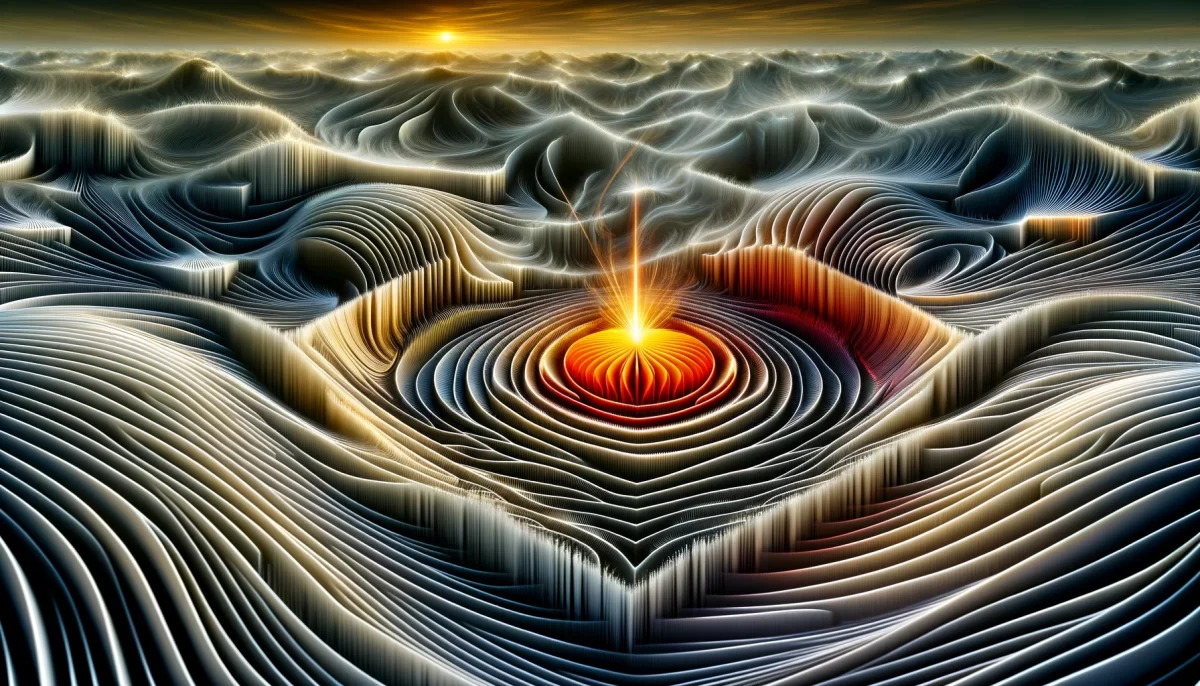
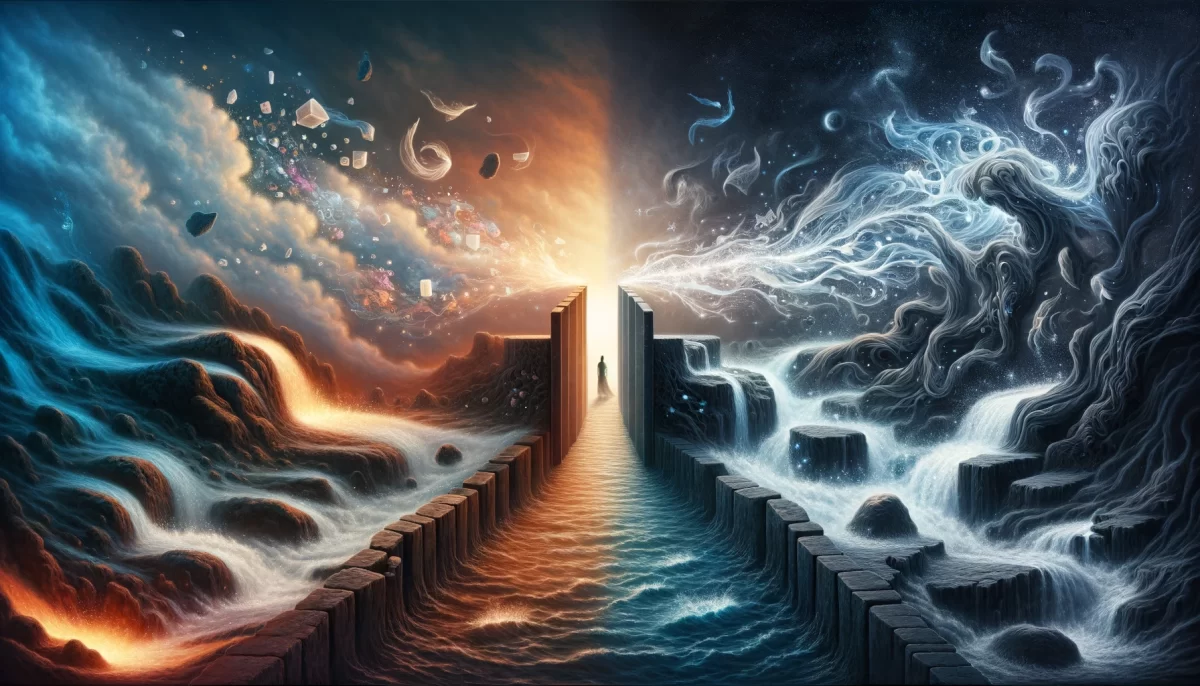
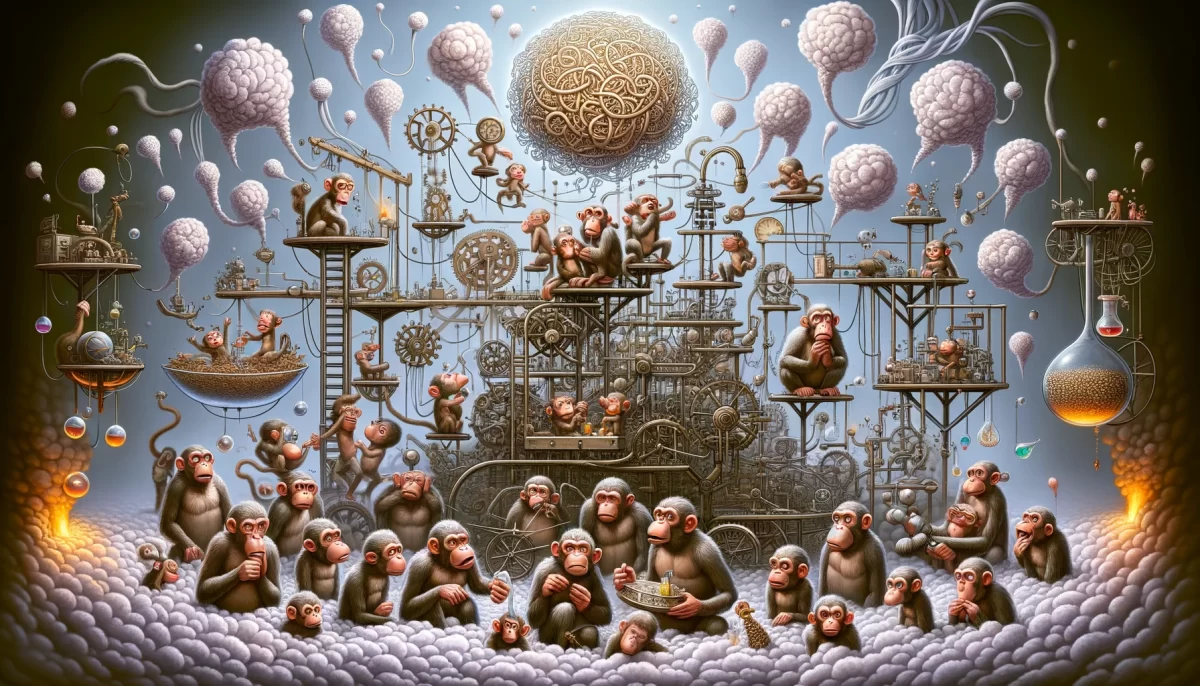
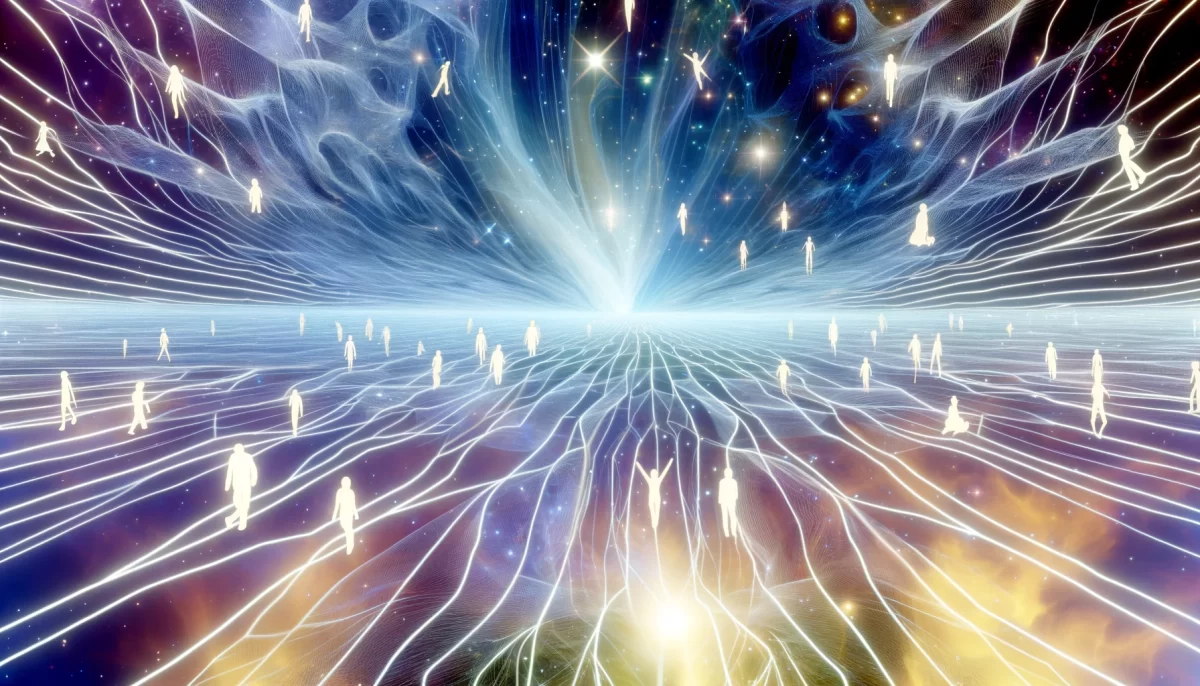
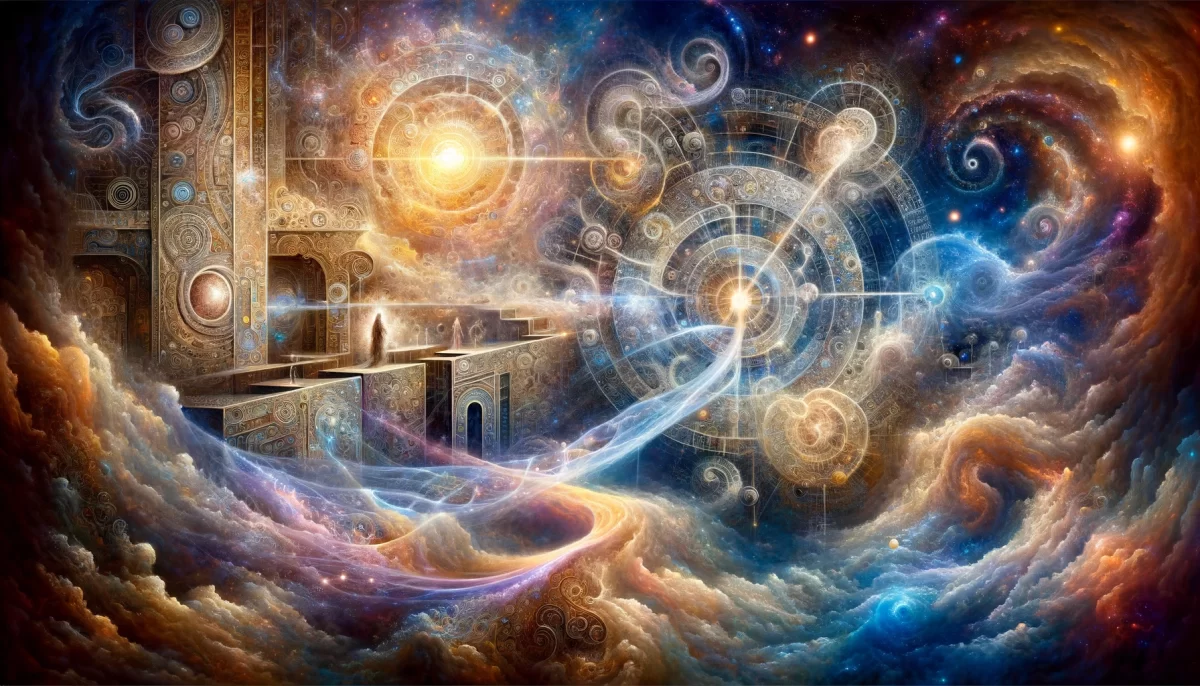
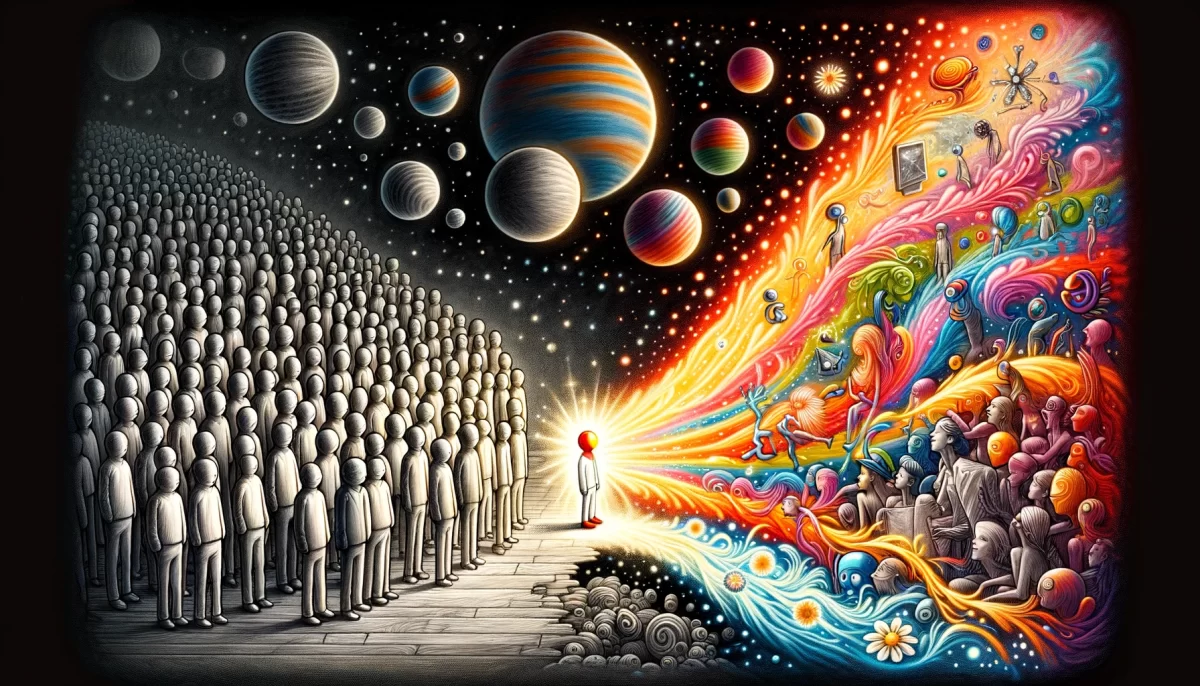
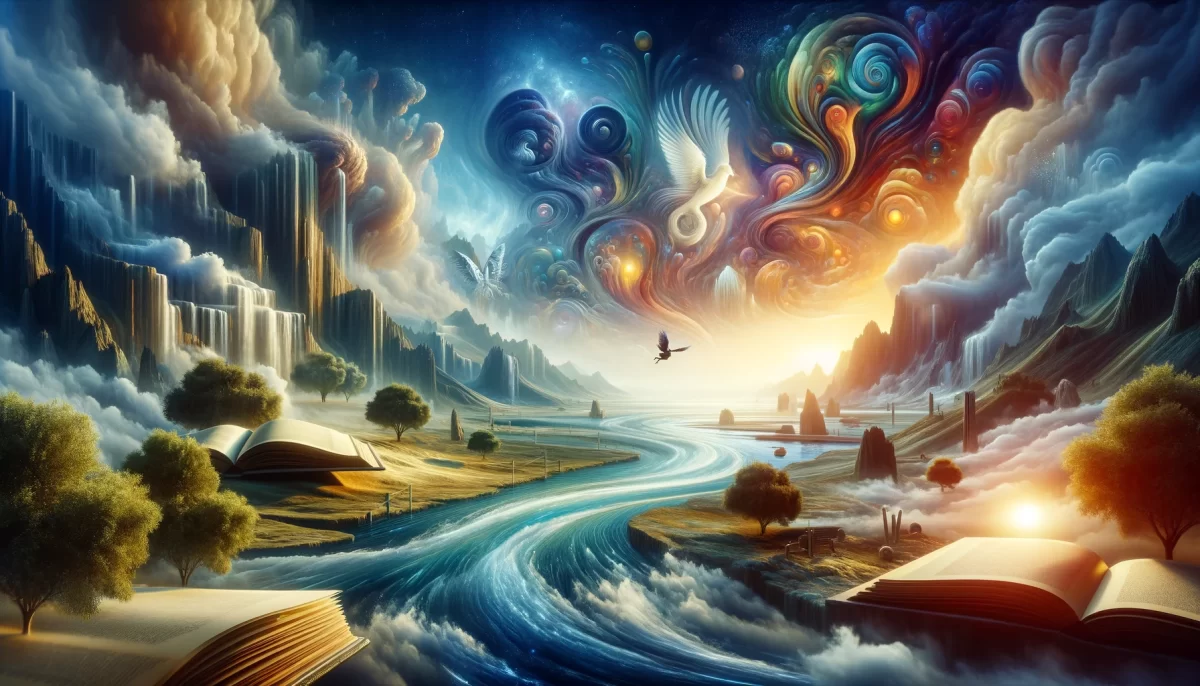
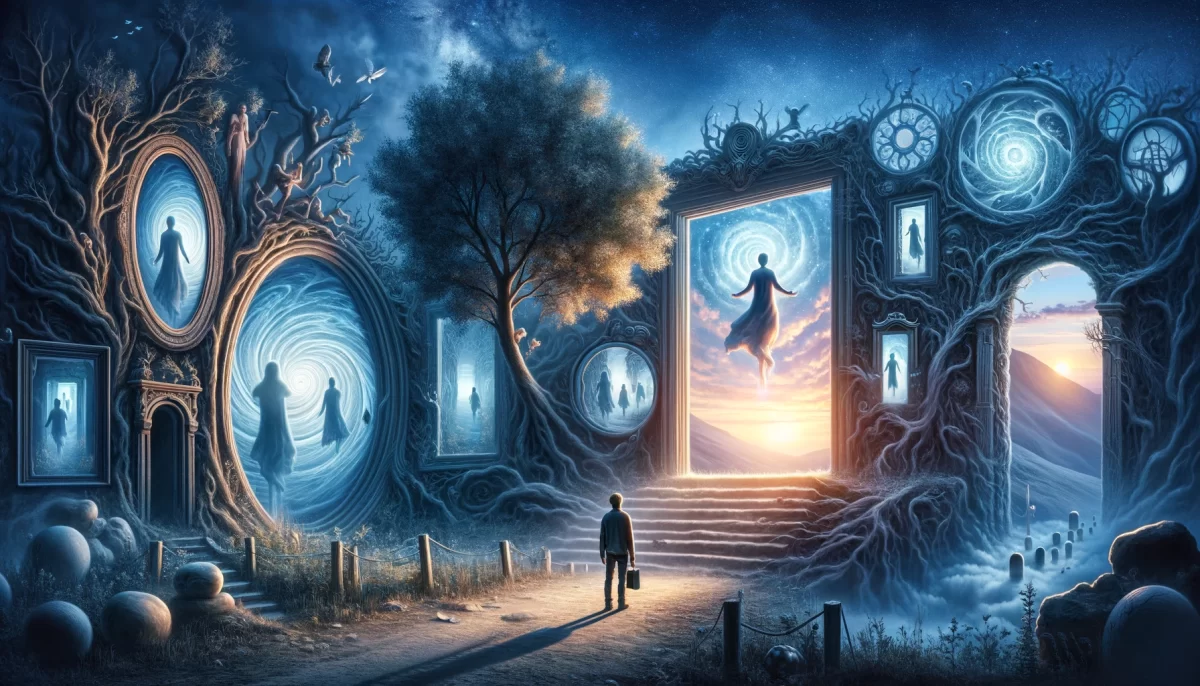
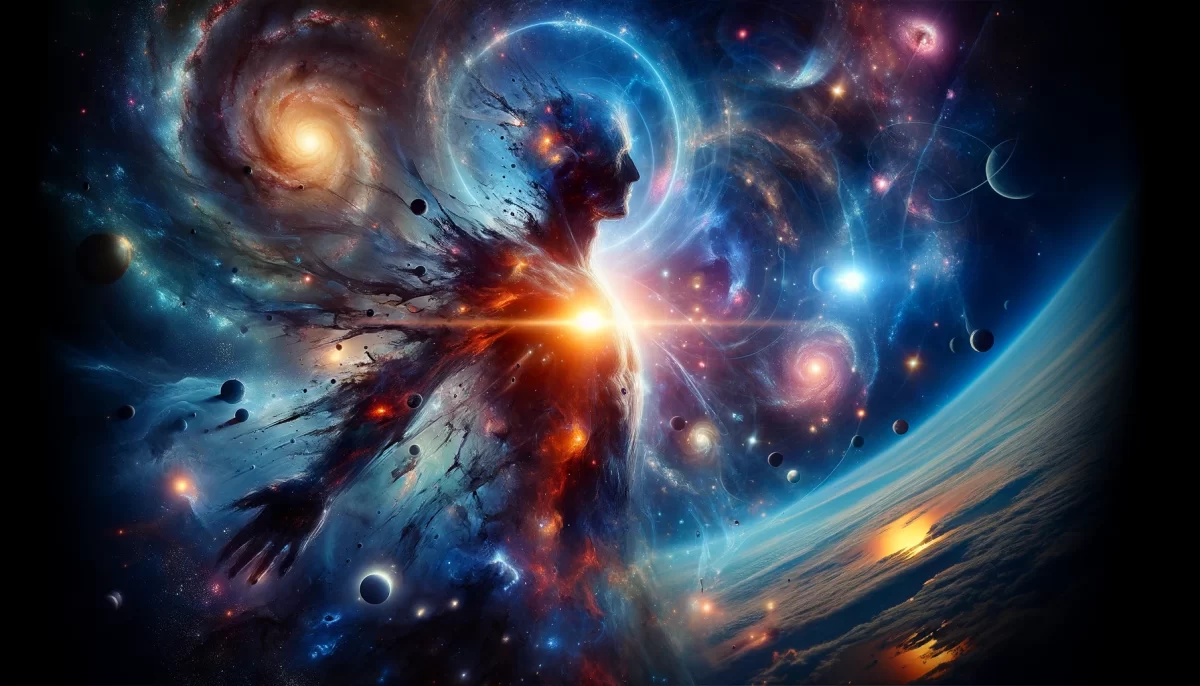


Leave a Reply